Stop of knights
Oil on canvas, 37.5 x 67.5 cm
With frame, 48 x 78 cm
Critical sheet Prof. Alberto Crispo
The unpublished painting presented here depicts a stop of riders within a mountain landscape. The knight in the center controls the situation, the two in the foreground, lying on the ground, rest from the hardships of the journey and the one in the background is intent on tying the luggage, while on the left other figurines of soldiers on horseback can be seen in the distance.
The canvas is the work of Francesco Casanova, as revealed by comparisons with other works by the artist such as the Knight of the Louvre or the other passed on 17 May 2007 at Finarte in Goito, lot 162, not to mention the other canvas with scene of battle appeared at Sotheby's in London on 8 November 1978, lot 9. In all the specimens compared we find the same liquid color rendering, partly derived from the study of the Venetians, and the very evident Nordic taste, which echoes the models of Philips Wouwermann and Jan van Huchtenburg.Francesco Casanova was born in 1732/33 in London, where his parents were acting. He trained in Venice with the Guardi, in Florence with Simonini and in Paris with Charles Parrocel: however, the Battles of Bergognone, particularly appreciated by the clients in that space of years, also shaped his visual imagination. Having reached full artistic maturity, Casanova was active between Dresden and Paris, where he also received particularly positive opinions regarding his activity from the creator of the mammoth Encyclopedias project, Diderot. During his stay in Paris, Casanova painted two of his most famous works, the battles of Freiburg and Lens for the Bourbon palace of the Prince of Condé (now in the Louvre). Subsequently it seems that the artist returned to Dresden, but, from the end of 1783, he moved to Vienna, together with his better-known brother Giacomo, and lived here until his death in nearby Vorderbruhl in 1803. During his Viennese residence the painter also worked for Tsarina Catherine II of Russia, creating canvases depicting episodes of the Russo-Turkish wars (1769-74 and 1787-92). Francesco Casanova had a vast school and among his students we must remember at least the battaglists Jacques-Philippe de Loutherbourgh the younger, Jean-Pierre Norblin de la Gourdaine, Ignace Duvivier and Jean-Baptiste Le Paon.




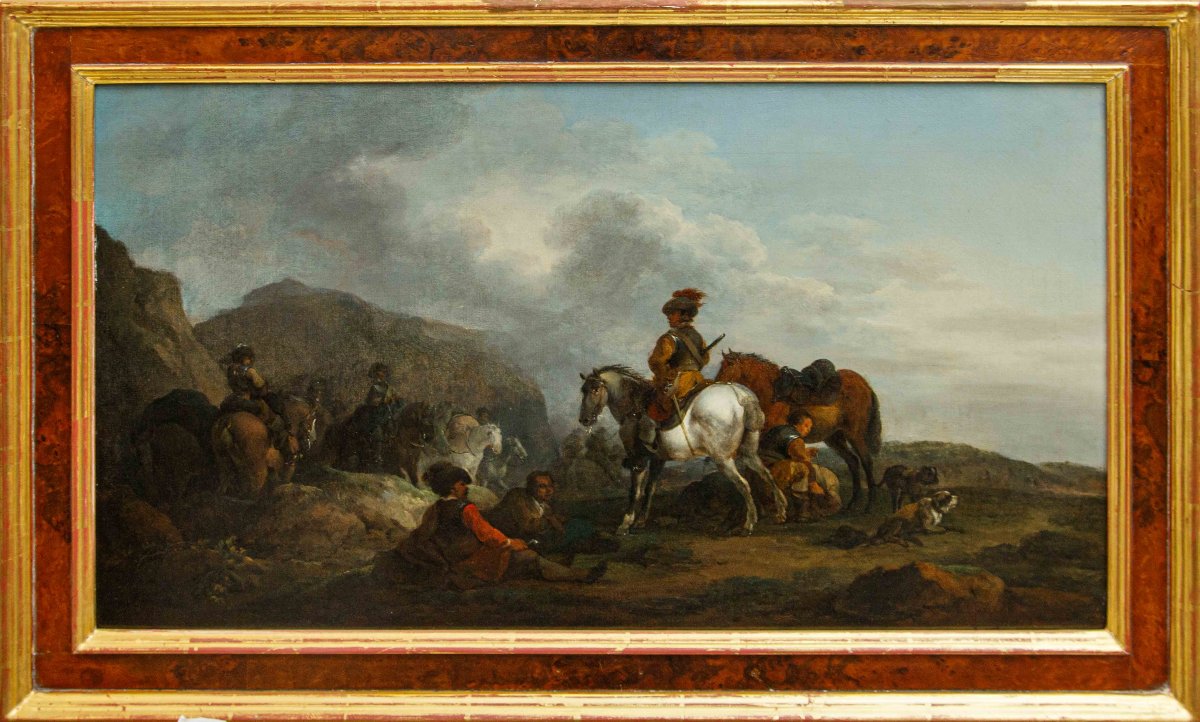
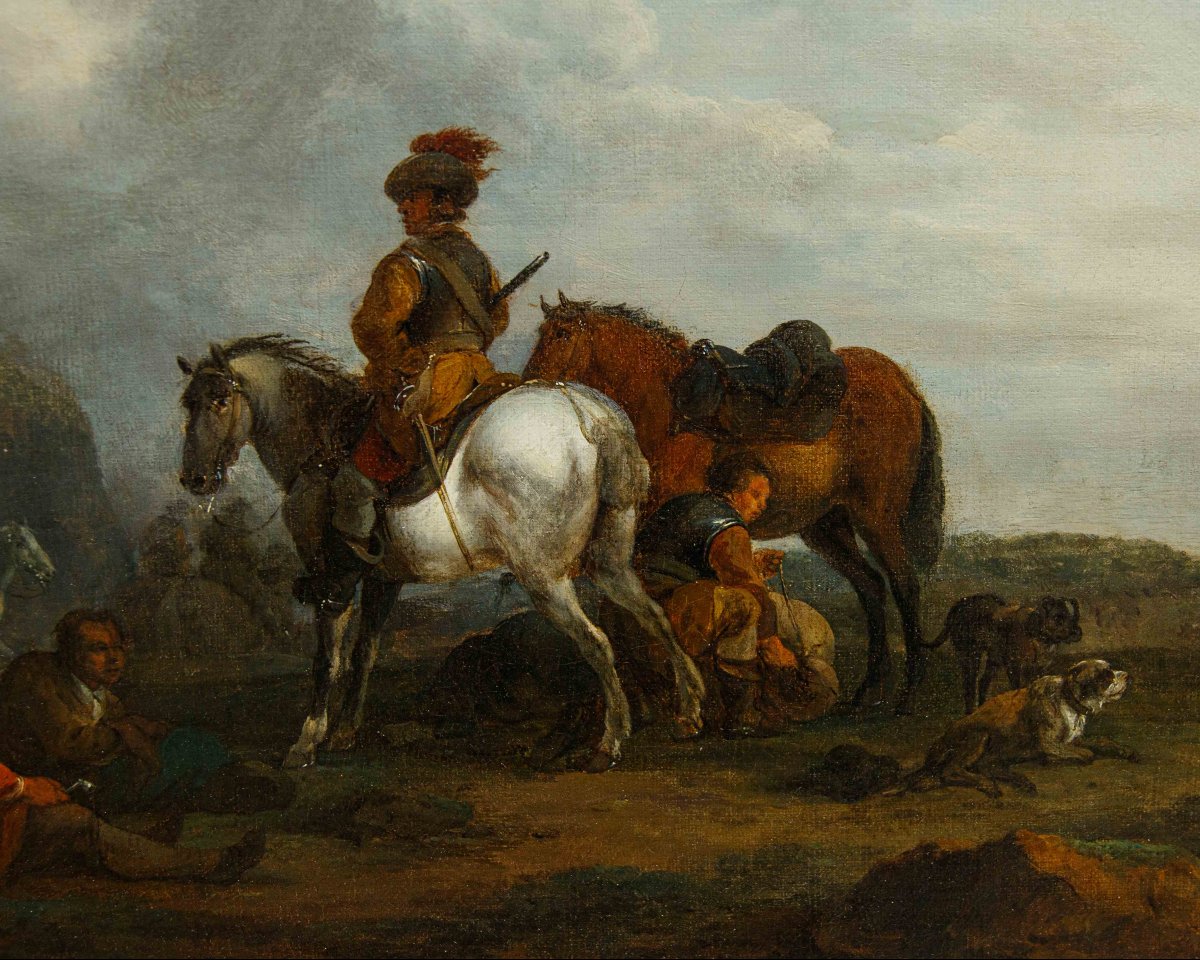
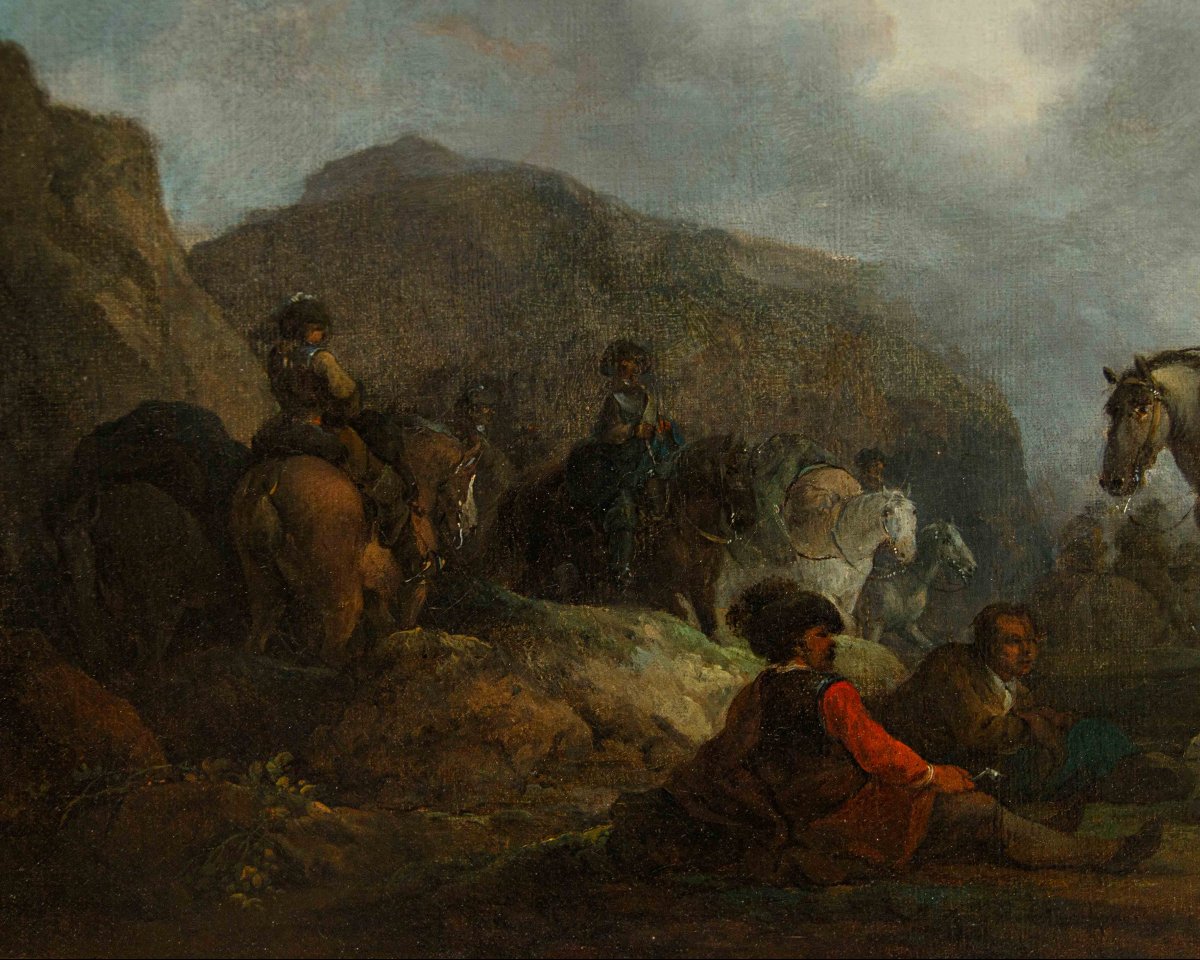


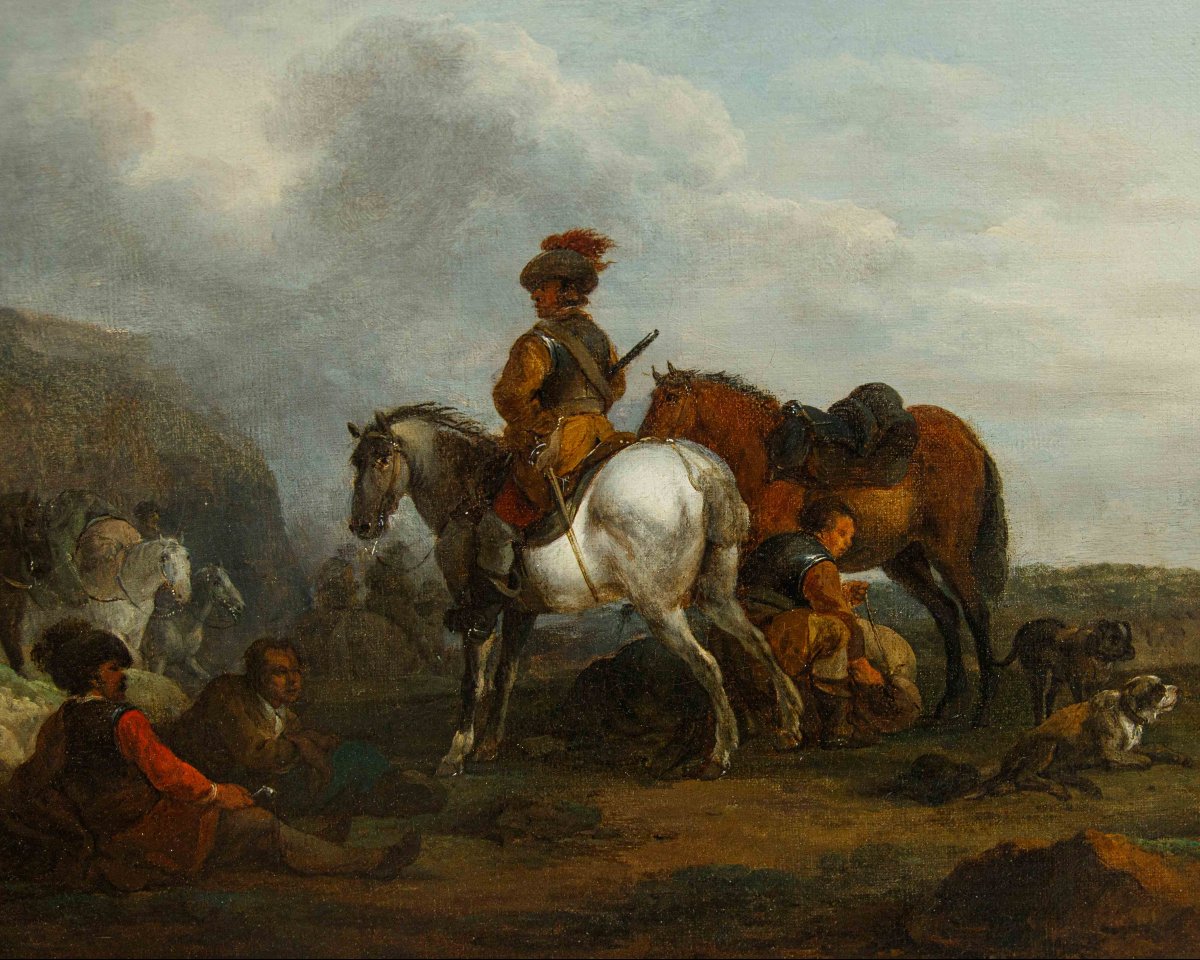











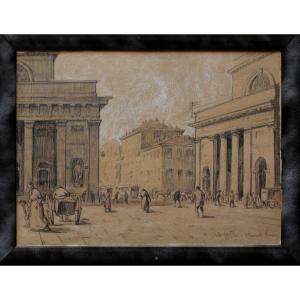
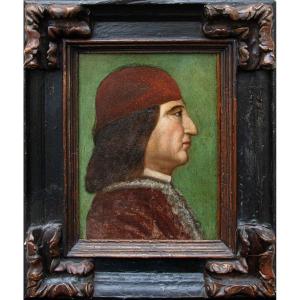


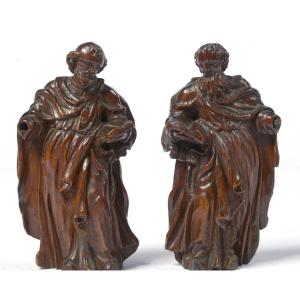





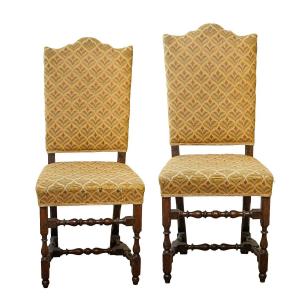

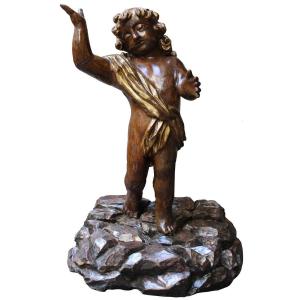


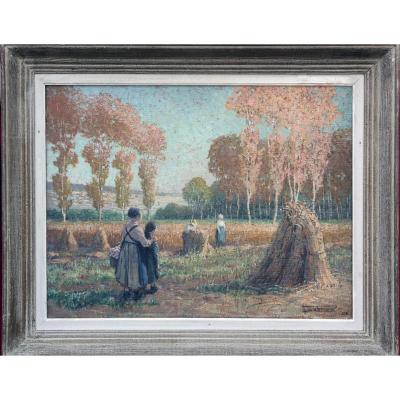

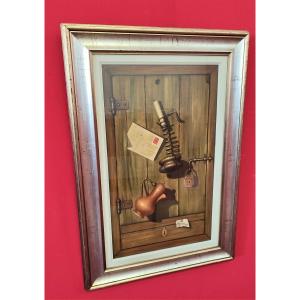



 Le Magazine de PROANTIC
Le Magazine de PROANTIC TRÉSORS Magazine
TRÉSORS Magazine Rivista Artiquariato
Rivista Artiquariato